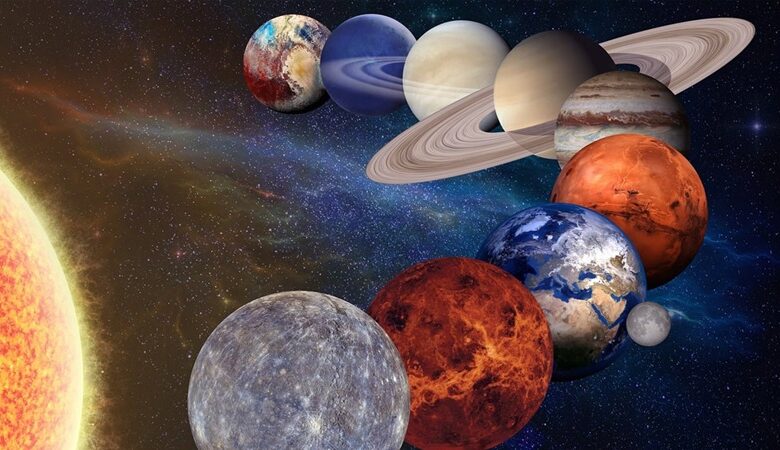NASA’s Discovery of New Exoplanets Pushes Known Total Beyond 5,500

News Mania Desk/Agnibeena Ghosh/21st July 2024
NASA has recently expanded our catalog of known exoplanets, identifying six new planets beyond our solar system, bringing the total to over 5,500. This achievement highlights the incredible advancements in space exploration over the past three decades. It was only 31 years ago, in 1992, that scientists first discovered exoplanets—Poltergeist and Phobetor—orbiting the pulsar PSR B1257+12. This milestone exemplifies the ongoing success and capabilities of space agencies worldwide.
The six newly discovered exoplanets are HD 36384 b, TOI-198 b, TOI-2095 b, TOI-2095 c, TOI-4860 b, and MWC 758 c. Each of these planets presents unique characteristics that contribute to our understanding of the universe’s diversity. HD 36384 b is a super Jupiter, a massive gas giant that orbits an M giant star 40 times the size of our Sun. TOI-198 b, on the other hand, is a rocky planet orbiting an M dwarf star.
The TOI-2095 system has two hot super Earths, TOI-2095 b and TOI-2095 c. Despite being classified as super Earths due to their size, their proximity to their star means their environments are more akin to Venus, with extreme heat and potentially harsh atmospheres. TOI-4860 b is another gas giant, comparable in size to Jupiter, that orbits an M dwarf star. Remarkably, it completes an orbit in just 1.52 days, indicating its close proximity to its star.
Lastly, MWC 758 c stands out due to its young age and the presence of a protoplanetary disc, providing a unique opportunity to study planetary formation in its early stages. This discovery is particularly exciting for astronomers seeking to understand the processes that lead to the development of planetary systems.
An exoplanet is defined as any planet beyond our solar system. Most exoplanets orbit other stars, but some, known as rogue exoplanets, float freely and orbit the galactic center without being tied to any star. With the aid of NASA’s Kepler Space Telescope, it has been established that there are more planets than stars in our galaxy. Although exoplanets might share similar compositions with planets in our solar system, they exhibit a diverse range of element mixes.
In March 2022, scientists celebrated the milestone of identifying over 5,000 exoplanets. In just over a year, this number has grown by another 500, demonstrating the rapid pace of discovery in this field. This expansion is driven by a combination of space-based and ground-based instruments and observatories, such as the Transiting Exoplanet Survey Satellite (TESS), and the space telescopes Spitzer, Hubble, and James Webb.
The continuous discovery of new exoplanets fuels our understanding of the universe and its potential for harboring life. Each new finding adds to the tapestry of knowledge, helping scientists piece together the vast and varied nature of planetary systems. As technology and methods improve, the catalog of known exoplanets is expected to expand even further, potentially reaching tens of thousands in the coming years.






